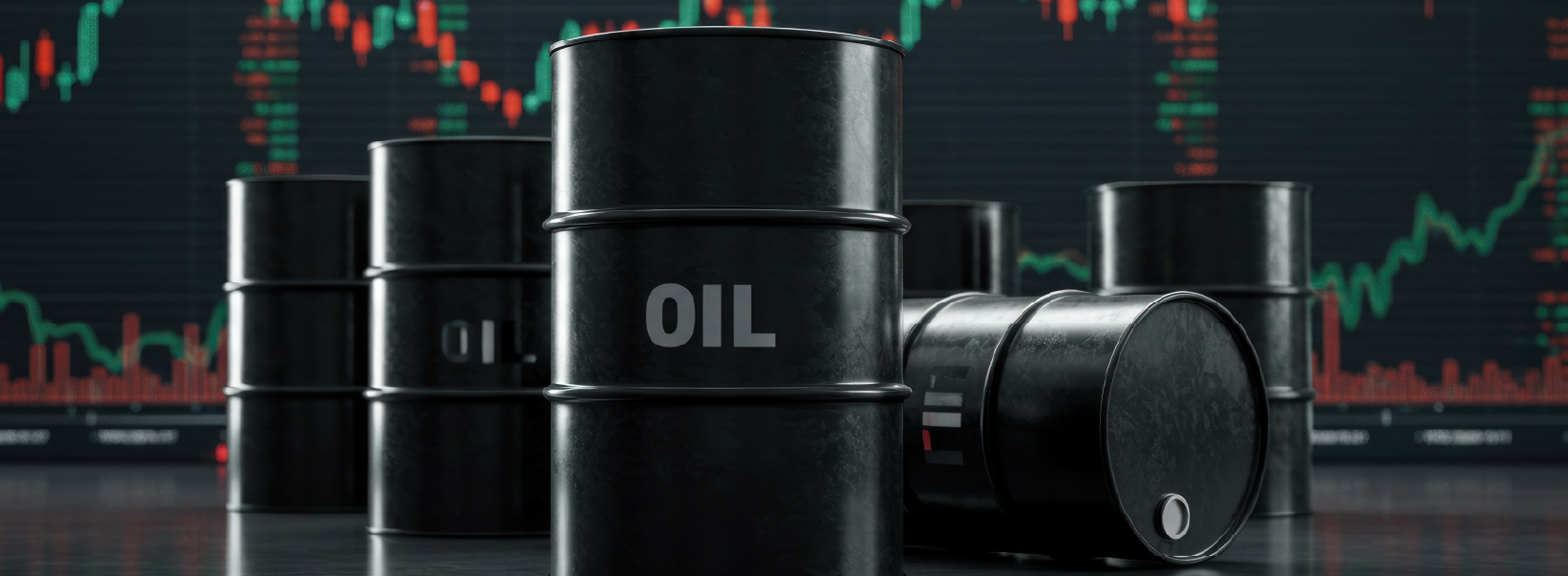The Trump-Zelensky meetings this week offered quite the contrast to the fracas which occurred between the two back in February. Following on from the Trump-Putin meeting in Alaska last week, the meetings between the US, Ukrainian and European leaders this week appeared to have kept a potential peace plan on track. This prospect of lowered geopolitical tensions and the possible easing of Russian sanctions is being reflected in commodity price movements which have positioned, albeit not fully, for a scenario where a peace deal gets across the line.

There are still hurdles, such as what if any peacekeeping force in Ukraine would look like and whether Russia would agree. A Putin-Zelensky meeting looks like it is the next stop on the path towards peace, followed by a trilateral with Trump if all goes well. But that remains a big ‘if,’ given the history which exists between the Russian and Ukrainian leaders.
The gold price activity has been restrained by what appears to have been a constructive White House meeting between Trump, Zelensky and EU leaders. With a potential Trump-Putin-Zelensky meeting now in the works, safe haven demand is being kept at bay. However anticipated Fed rate cuts which could start next month may limit the extent of any immediate downside. The longer-term outlook remains bullish for the precious metal; however, the lowering of geopolitical tensions mean that gold might need to rely more on lower interest rates for gains rather than safe haven demand. Levels to watch include support at 3298, followed by sterner support at $3268. Resistance at $3340, $3358, and milder resistance at $3390 would need to be cleared before gold can reclaim $3400.

Secondary sanctions threats are only marginally supportive of oil for the time being, but should a Russia-Ukraine peace deal arise which lifts Russian sanctions, secondary tariffs probably go out the window and Russian oil comes back on the market in larger numbers. While it is not an exact science in calculating the figures, if Russian sanctions were to lift, there could be anywhere up to around one million barrels per day of Russian oil re-entering the market. Though if a peace deal starts to look elusive and if sanction on Russia remain in place, a bounce in energy prices such as oil may emerge. Much would also depend on the timelines in place as to how rapidly the oil price adjusts in this scenario. But with peace negotiations remining on track, the prospect of greater supply entering the markets is keeping oil prices pinned lower for now.
In FX, the Dollar Index (DXY) is now back above the 98 handle. The Dollar seems to be benefitting from the possibility of easing sanctions on the likes of Russia and secondary sanctions on India. It’s probably fair to say that the use of the US currency as a financial weapon and the trade wars haven’t done the ‘buck’ any favours (certainly in the eyes of the BRICS nations), so any moves to lower geopolitical tensions therefore may continue to provide a boost to the USD. However, the USD’s upside could be capped with the FOMC expected to cut interest rates next month. Which brings us to the next key event this week.

The Jackson Hole Symposium shapes as being the marquee event for the week, as we wait to see if Jerome Powell has become more dovishly inclined on the monetary policy front. This month we have seen data showing the US labour market is looking more dire than previously thought (due to downward revisions to prior data and the weak July NFP number itself) while inflation mostly behaved (remaining at 2.7% on an annual basis).
The central bank symposium at Jackson Hole (in Wyoming, USA) is traditionally the venue where the Fed Chairman can show which way they are leaning with respect to interest rates, and with expectations high in financial market circles that a Fed rate cut will occur next month, there could be disappointment if Jerome Powell doesn’t step further into the dovish camp during his speech.